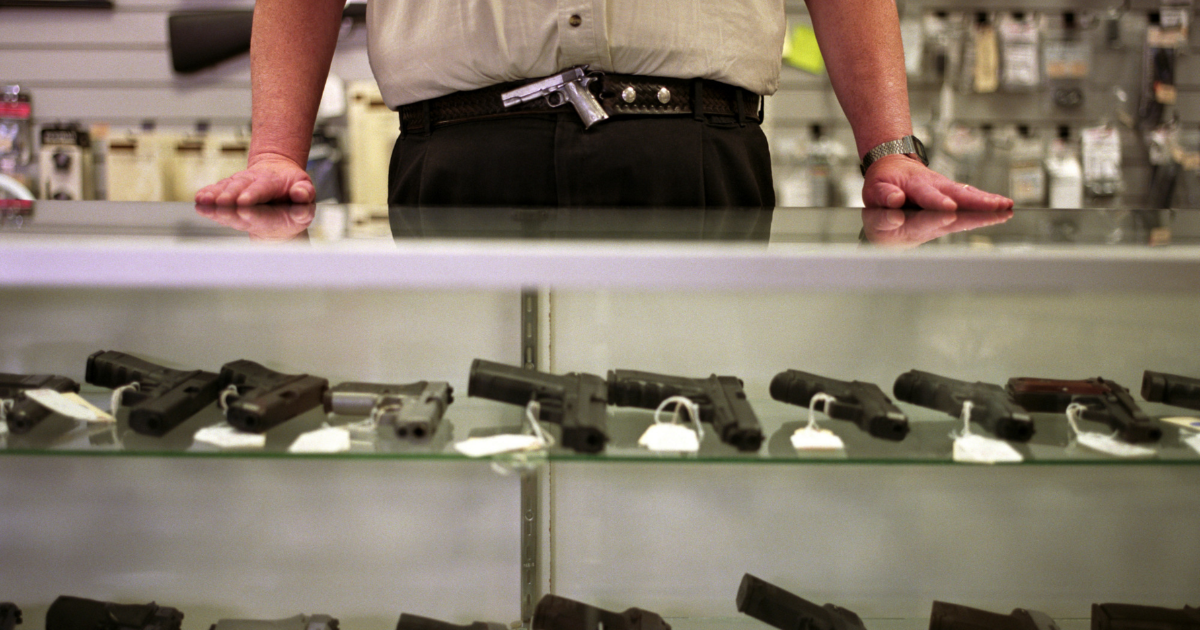This week, national attention has bee focused on the death of two black men at the hands of police officers: one in Tulsa, Oklahoma, which has resulted in the arrest of the officer, and one in Charlotte, North Carolina, which has caused widespread protests over the handling of the case.
The two deaths are a prime case study in what to do and what not to do concerning police killings in an increasingly racialized society, but what is clear is that transparency from one administration and obscurity from another are driving the vastly different narratives.
While Tulsa police immediately released video of the murder of Terence Crutcher, Charlotte police have refused to release footage of the death of Keith Lamont Scott. North Carolina Governor Pat McCrory claims that releasing just one angle of a event like the death of a man can create confusion – apparently only having the cops word is a “clearer” narrative.
Despite the wishes of police in North Carolina, a video recorded by Scott’s wife has been released to the public on Friday and what it portrays is a confusing picture of incompetence and clear escalation of a conflict by police.
It also raises major questions about photos previously released by the police department which reportedly showed a gun at Scott’s feet – corroborating with the story given by police. But in the video, that same image shows no gun. Was the gun planted by police to make their story more plausible? Is this why they won’t release their own footage?
If only Charlotte had been a bit more like Tulsa, we might find justice for Scott as well.



